What are the characteristics of Rwandan coffee? introduction to the producing areas and taste and flavor of Rwandan coffee beans
Professional coffee knowledge exchange more coffee bean information please follow the coffee workshop (Wechat official account cafe_style)
For more boutique coffee beans, please add private Qianjie coffee on Wechat. WeChat account: qjcoffeex
In October 2020, McDonald's McCoffee announced that it would upgrade its brand and expected to invest 2.5 billion yuan in coffee over the next three years. In a series of operations on its brand upgrade, it took the opportunity to change the formula of espresso beans, adding Rwandan coffee beans to the original Colombian, Ethiopian and Brazilian beans. Rwanda accounts for about 25% of the mixed beans, Brazil 55%, Colombia and Ethiopia 10% each.
Rwandan coffee has once again aroused heated discussion among the public. Although Rwanda is a small country, there is no shortage of better quality coffee, which has gradually appeared in major cafes year by year. What kind of charm does Rwandan coffee have? On the other hand, the coffee in front street is mainly shared by Rwandan coffee.
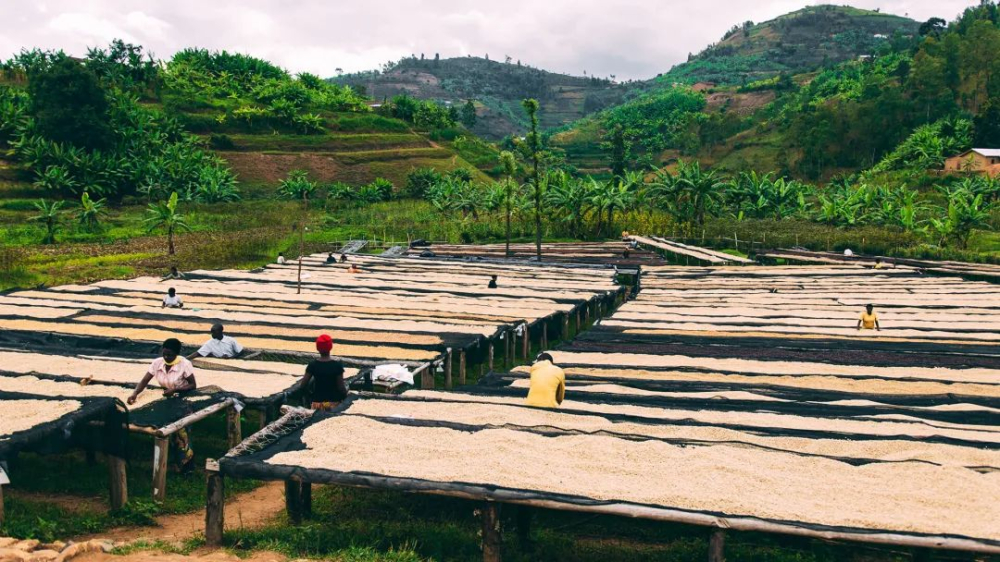
Rwanda Coffee
Rwanda, located in the central African region, is a standard landlocked country, and its neighboring countries are all big coffee producers. At the beginning of the 20th century, Rwanda was successively colonized by Germany and Belgium, and German missionaries were the first to introduce coffee.
Coffee production increased significantly during the colonial period, but the exploitation of labor, suppression of the prices of coffee crops and high export taxes made the quality of coffee beans not ideal, which was also a normal phenomenon in the development of commercial coffee at that time.
It was not until the independence of Rwanda and the establishment of the first official coffee organization, OCIR, that coffee bean production was gradually valued. Coffee production in Rwanda continued to grow from the 1960s to 1980s and reached an unprecedented peak in 1986, until the beginning of domestic political instability (the Rwandan genocide) in the early 1990s.
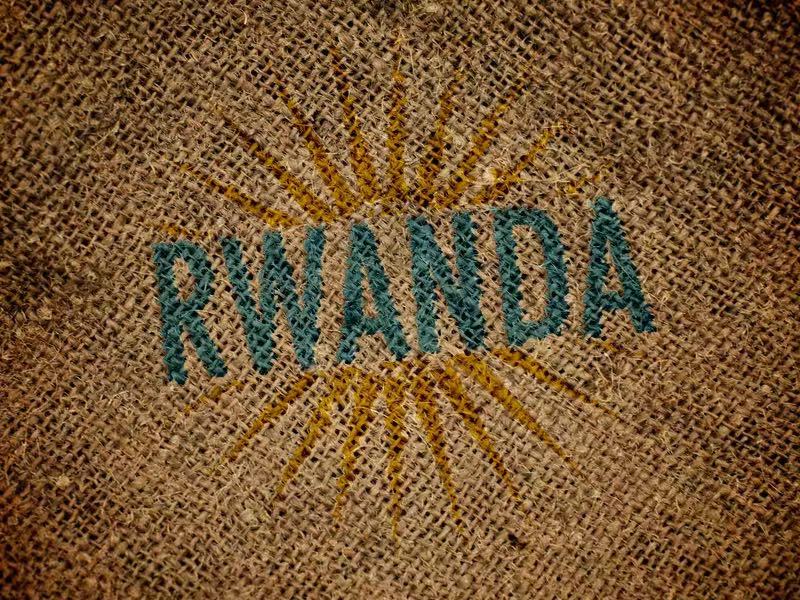
Today, Rwanda has slowly come back to life. It can be said to be an "atypical" African country in terms of urban construction, security, friendliness and cleanliness. Rwanda is currently recognized as the best law and order country in Africa. Rwanda ranks ninth among all cities in the world and is the only African country in the top 10 on the list of the safest countries and destinations in the world in 2017.
Rwanda is a developing country, mainly engaged in agriculture and animal husbandry. 92% of the population of Rwanda is engaged in agriculture and animal husbandry, of which coffee and tea are the main cash crops in Rwanda, and one in 30 Rwandans is engaged in coffee-related industries. Affected by COVID-19 's epidemic, coffee sales in Rwanda have undoubtedly been greatly affected. In order to help Rwandan coffee farmers tide over the difficulties, Weiya, the first sister of Alibaba Live, recommended Rwanda Gorilla's coffee beans on May 14, which sold a year in a second.
Coffee growing environment in Rwanda
As mentioned earlier in Qianjie Coffee, Rwanda is a landlocked country in Africa, with Burundi to the south, Tang Sonia to the east, Uganda to the north and Congo to the northwest.
The reputation of Rwanda's "country of a thousand hills" and "Land of a Thousand Hills" comes from its overlapping mountains and five volcanoes alone. In addition to the mountains, there are 23 lakes and many rivers with abundant water resources.
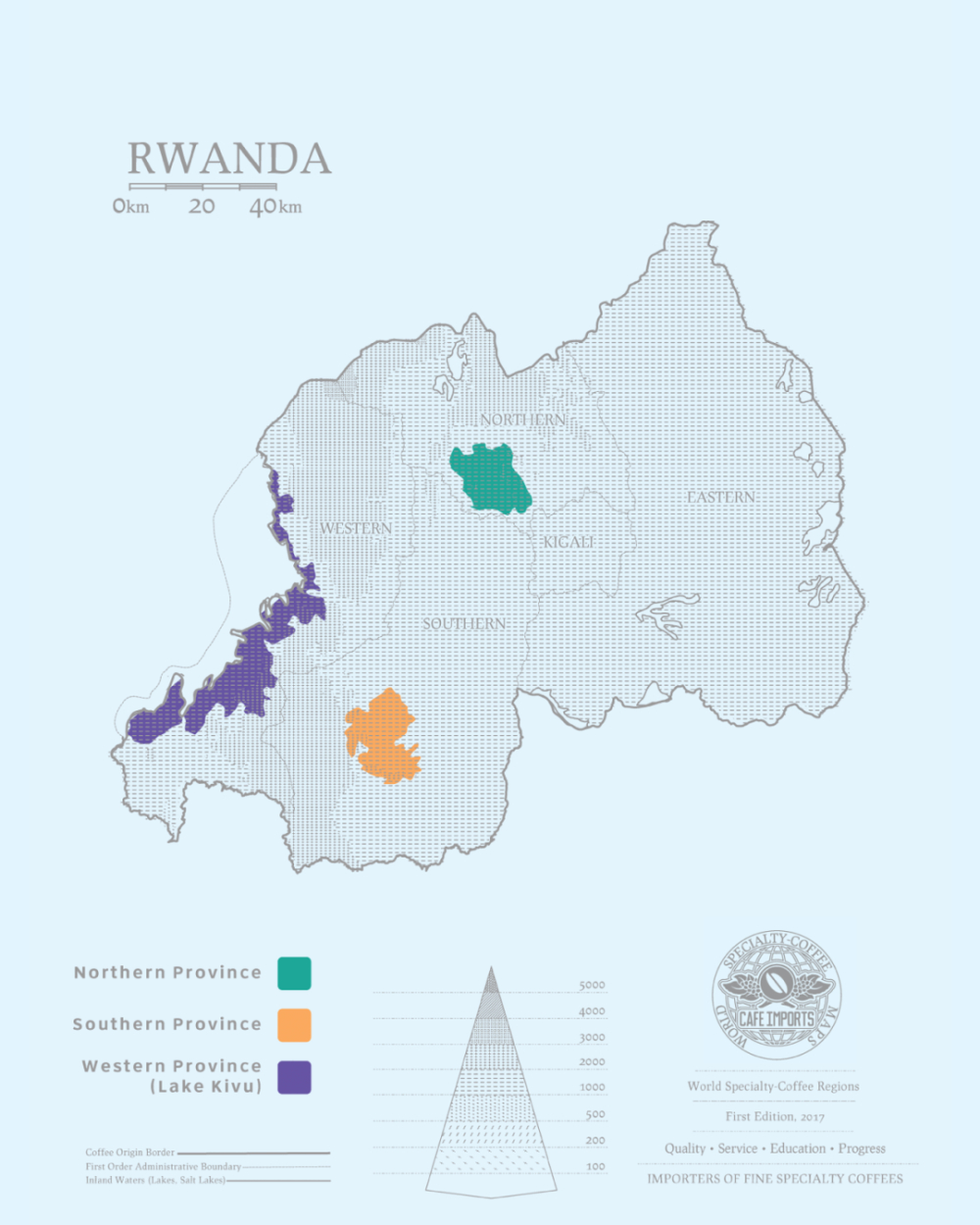
Rwanda has a temperate and tropical plateau climate, with an average temperature of 24.6-27. Degrees Celsius, the temperature is lower than the typical equatorial countries, but coffee is grown in the mountainous west and other places, the temperature is lower than the eastern low-lying areas, the temperature difference is also larger. For example, the average elevation of Lake Kivu in the north is 1463 meters, and the average daily temperature is 22. 5%. Degrees Celsius, coupled with fertile volcanic soil, is very suitable for growing coffee.
Rwandan coffee varieties
Common coffee varieties in Rwanda include bourbon, Kaddura and Kaduai, all of which are considered to be similar bourbon flavors, reminiscent of citrus and nuts.
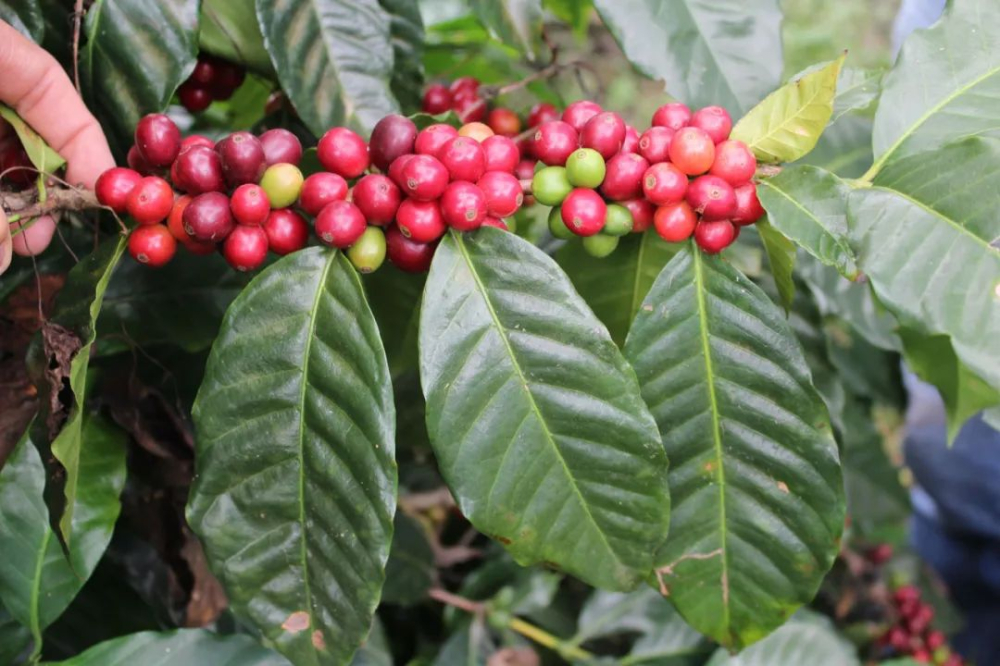
Reasonably planted bourbon coffee has excellent sweetness, while Kaddura is a natural variety of bourbon, which is characterized by higher yield than bourbon, shorter planting distance between plants, and higher yield and disease resistance and resistance to wind and rain of Kaduai varieties.
Way of handling coffee in Rwanda
Rwanda coffee is mainly treated by water washing, which will remove the low density coffee fruit by flotation, then remove the peel and pulp, then put the pectin beans in the pool to ferment, wash the pectin layer with clean water after fermentation, and finally dry the coffee beans, reducing the moisture content of coffee beans to about 11% to 13%. Qianjie Coffee believes that washed coffee has higher acidity, good cleanliness and stable overall performance.
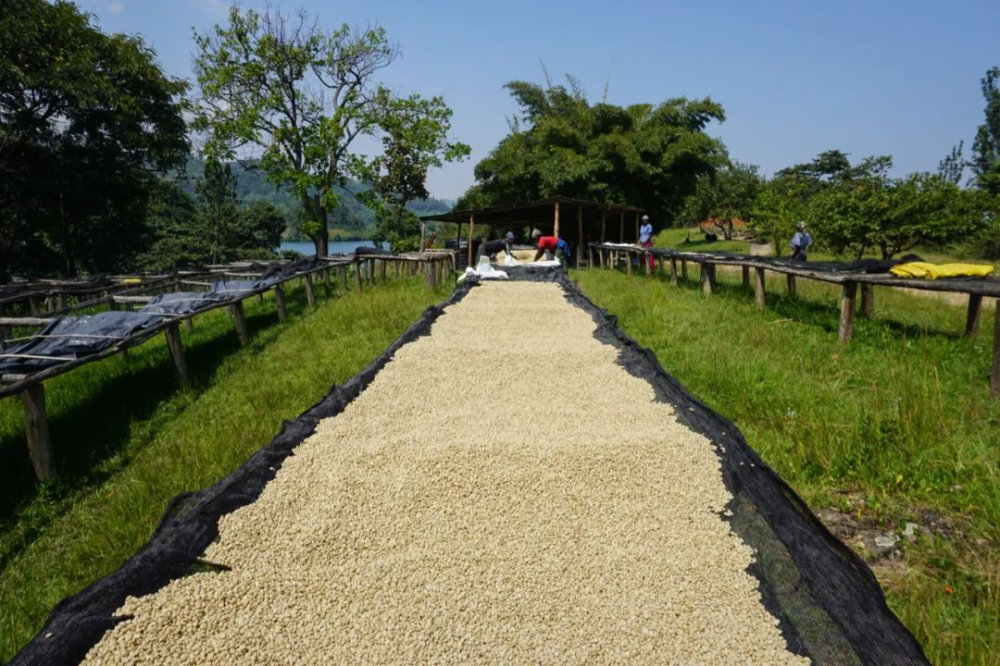
In 2000, in Rwanda, which had just experienced internal chaos, in order to promote the coffee industry, the University of Michigan (Michigan State University) in the United States brought together several researchers from institutions such as Texas University of Texas (University of Texas) and the National University of Rwanda (National University of Rwanda) to help Rwanda upgrade the coffee industry.
The name of the project is abbreviated as PEARL ("Pearl" in Chinese and Partnership for Enhancing Agriculture in Rwanda through Linkages project in English). The PEARL program aims to improve the quality and quantity of coffee in Rwanda and to help farmers have a better income and form a virtuous circle.
Since the implementation of the PEARL plan, Rwanda has built 46 coffee washing plants one after another, allowing Rwanda's economy to grow significantly under the strong export of coffee beans. The PEARL plan is also the largest and most complete development plan implemented by Rwanda since its independent founding.
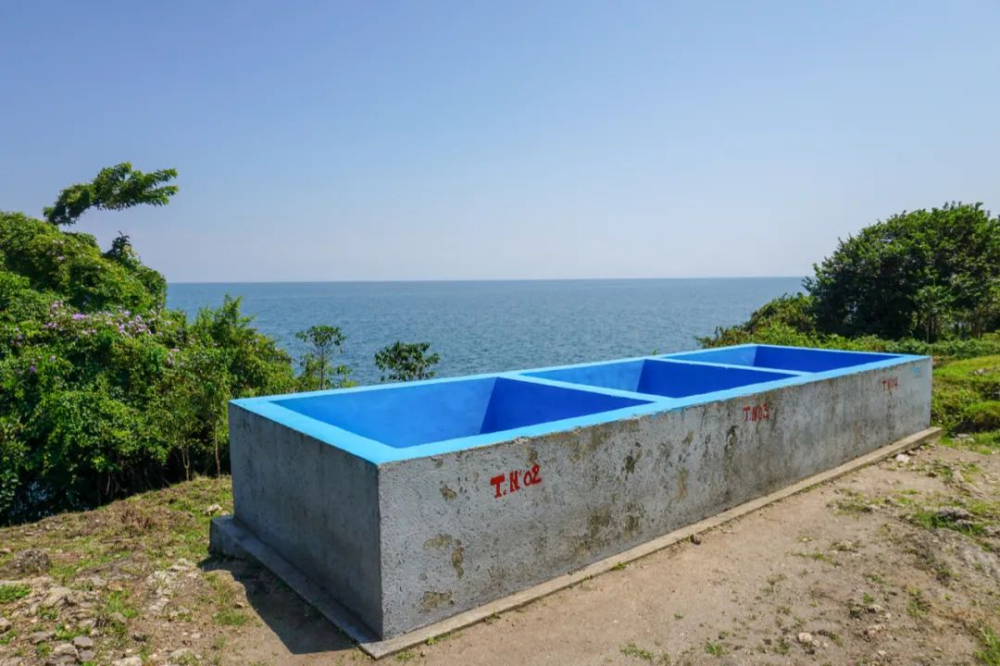
In addition, Qianjie Coffee also believes that one reason why Rwanda chooses washing as the main treatment is for high yield and stable quality, and the other is that Rwanda has two rainy seasons in a year, one from February to May and one from September to December. the coffee harvest season is usually from March to June, almost in the first rainy season.
During the rainy season, although sufficient rainfall brings benefits to coffee growth, rainy factors also make it difficult for Rwanda to develop treatments that require excessive drying time, such as sun treatment (an average of 3 to 4 weeks). The quality of coffee is not as stable as that of washing coffee.
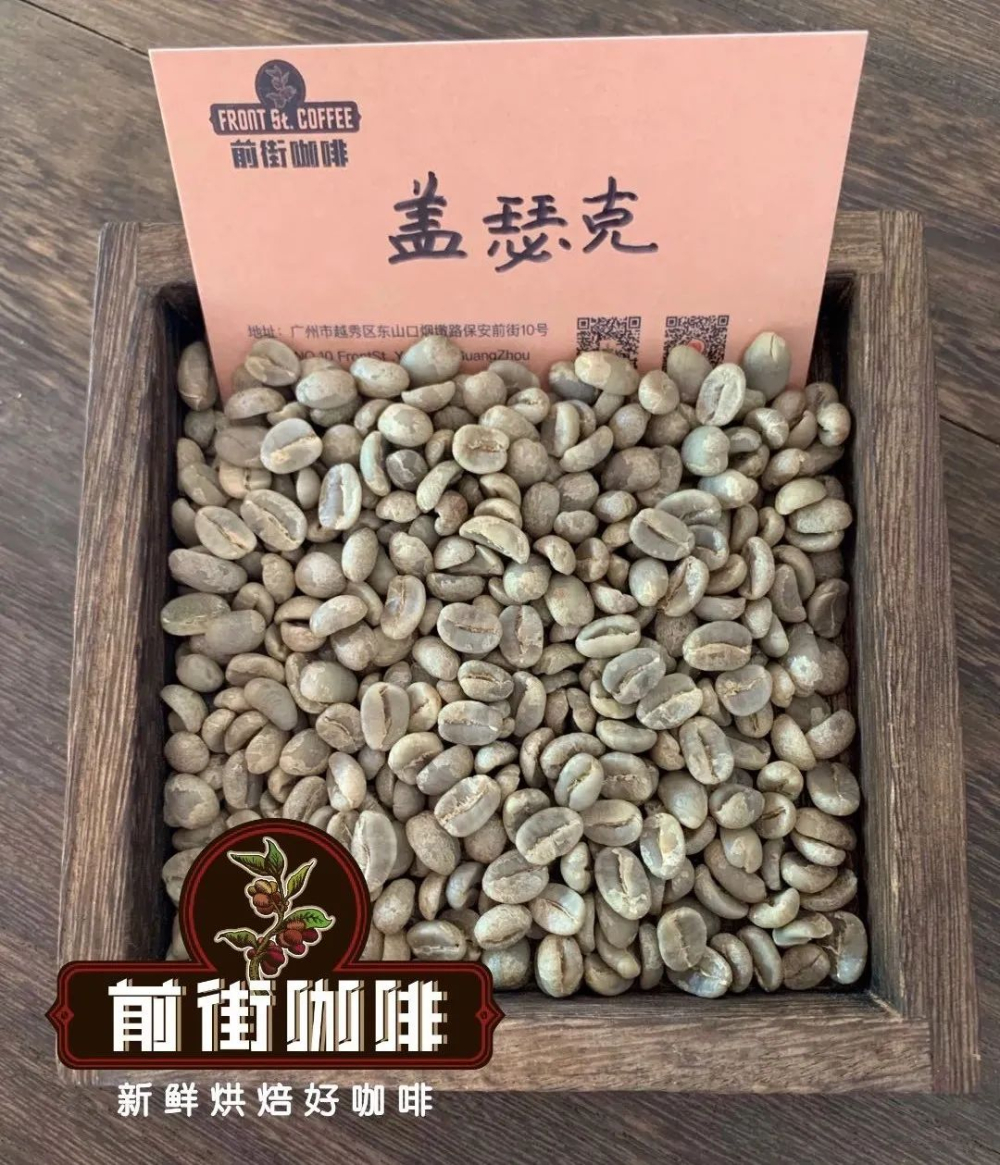
So Qianjie coffee has chosen a washed Rwandan Gesak to be put on the shelves, and its variety is also bourbon Kaddura Kaduai. When tested in the cup, this Rwandan Gesak has obvious acidity of citrus and plums, nuts in the middle and back, honey in the finish, and a slight drop in temperature, it has a clear berry flavor, smooth taste, fresh aftertaste and good balance.
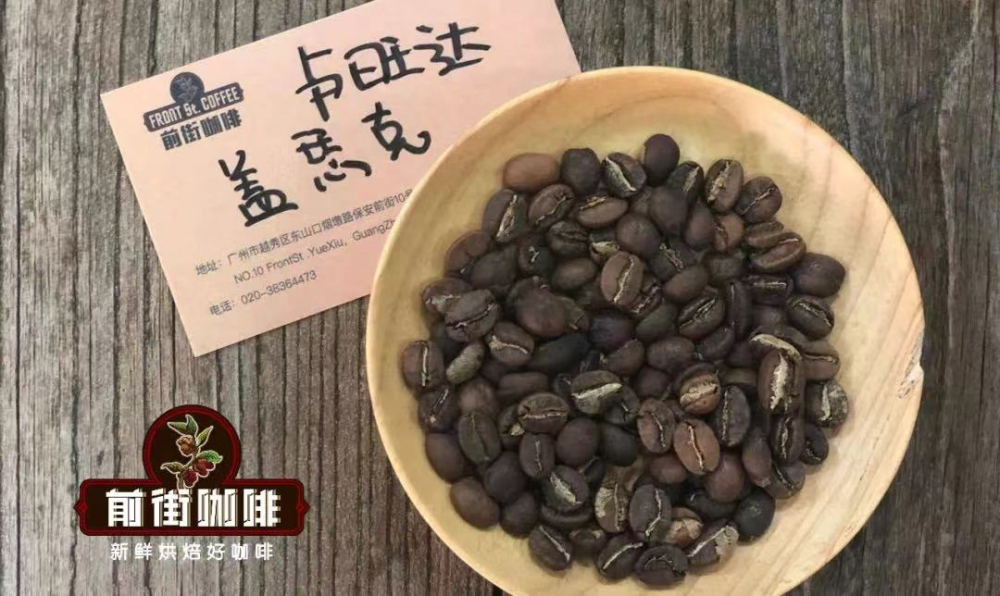
In terms of brewing, Qianjie coffee is recommended to be brewed in stages, with 15 grams of coffee powder, a common v60 tapered filter cup, a water temperature of 90 degrees Celsius, a moderate grinding degree and a pass rate of 80% of the 0.85 mm standard sieve.
The first stage is steamed with 30 grams of water for 30 seconds, the second small flow is injected around the circle to 125 grams, and the water level is about to be exposed when the powder bed is about to be exposed, continue to inject the third stage to 225 grams and then stop the water injection. remove the filter cup when the water level is about to be exposed to the powder bed, and the total extraction time is 2 minutes.
The tapered V60 filter cup increases the coffee layer, and the powder-water ratio at 1:15 increases the alcohol content and sugar content of the coffee. Step-by-step water injection makes the coffee extraction time not too short, and can be adjusted according to the front, middle and back segments.
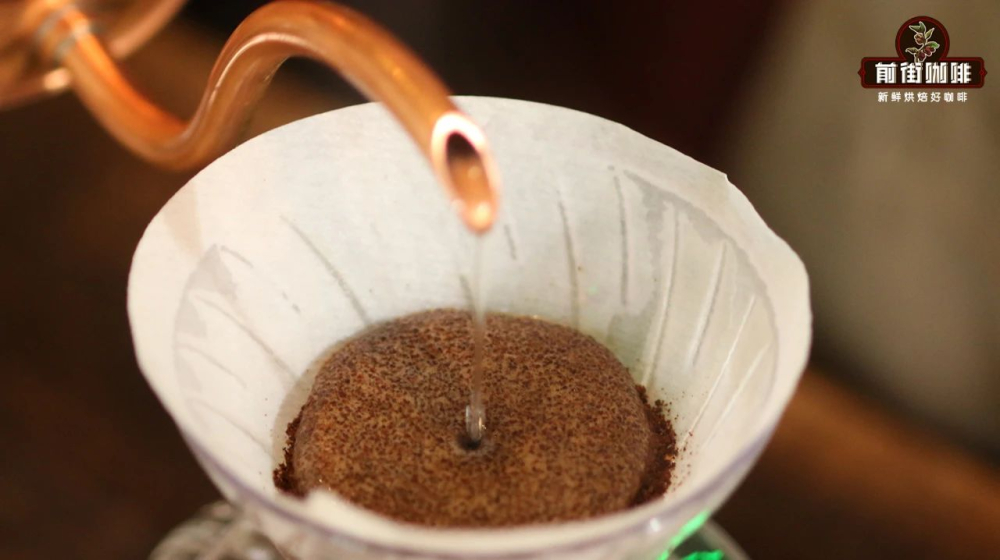
Rwanda's brewing flavor has obvious acidity, nuts, and the overall balance is smooth. Although the berry flavor is not as prominent as Kenya, Rwanda, as a coffee producer that has only come from behind in the past 20 years, has room for improvement. It is believed that more boutique coffee from Rwanda will enter the country in the near future.
-End-
Important Notice :
前街咖啡 FrontStreet Coffee has moved to new addredd:
FrontStreet Coffee Address: 315,Donghua East Road,GuangZhou
Tel:020 38364473
- Prev
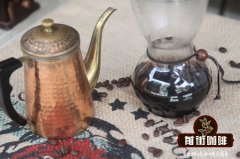
Introduction of Tarim é Coffee producing area in Tanzania | how about Tarime coffee
Tarime is located in a small producing area near Kenya in the northernmost part of Tanzania. Tarim é and its surrounding areas are not as famous as the famous coffee-growing areas near Mount Kilimanjaro and Arusha, nor are they famous for the rise of coffee-growing areas in the south (Mbeya and Mbinga). In addition, the area is located between the Masai Mara National Reserve and Lake Victoria, and its disadvantage is the distance between
- Next
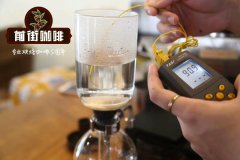
What are the characteristics of Ugandan coffee | introduction to Ugandan coffee producing areas and flavor characteristics
Most of the coffee grown in Uganda (80 per cent) comes from the variety Coffea canephora var.robusta, while the remaining 20 per cent includes Arabic varieties such as Typica,SL 14 and SL 28 and Kent. The Arabica variety Bugishu / Bugisu (Arabica coffee variety bugishu) is also grown in Uganda, which grows near Sipi Falls on the Shanxi slope.
Related
- Detailed explanation of Jadeite planting Land in Panamanian Jadeite Manor introduction to the grading system of Jadeite competitive bidding, Red bid, Green bid and Rose Summer
- Story of Coffee planting in Brenka region of Costa Rica Stonehenge Manor anaerobic heavy honey treatment of flavor mouth
- What's on the barrel of Blue Mountain Coffee beans?
- Can American coffee also pull flowers? How to use hot American style to pull out a good-looking pattern?
- Can you make a cold extract with coffee beans? What is the right proportion for cold-extracted coffee formula?
- Indonesian PWN Gold Mandrine Coffee Origin Features Flavor How to Chong? Mandolin coffee is American.
- A brief introduction to the flavor characteristics of Brazilian yellow bourbon coffee beans
- What is the effect of different water quality on the flavor of cold-extracted coffee? What kind of water is best for brewing coffee?
- Why do you think of Rose Summer whenever you mention Panamanian coffee?
- Introduction to the characteristics of authentic blue mountain coffee bean producing areas? What is the CIB Coffee Authority in Jamaica?

